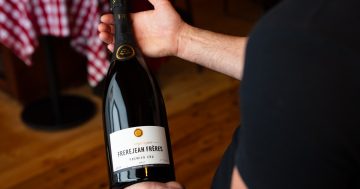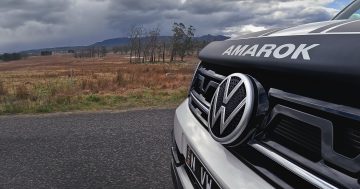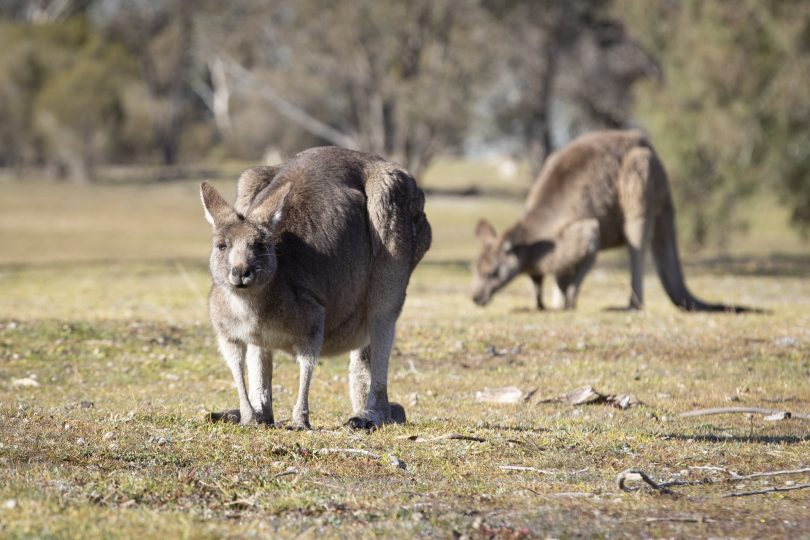
Poised and ready to jump in front of your car. Photo: Michelle Kroll.
Australian comedian Luke Donkin summed it up perfectly in his viral video: the road will be empty and the kangaroo relaxing by the side of the road with a newspaper, but as soon as your car approaches, he will drop everything and not so much tempt fate as invite it in for tea and scones by bounding out in front of your bumper at the last minute.
And for the record, it will probably be a he. More than double the number of male kangaroos are taken out by vehicles in the ACT than females.
We’ve come to expect better from other animals. Cats, for instance, seem very with-it around cars. Dogs, not so much. Foxes, even less so. Rabbits sometimes avoid the stew. Wombats? Well, they’re slow – we’ll give them that.
But kangaroos are off the scale. You don’t have to go far in Canberra to see the result, in a smelly heap on the side of the road. Why?
George Wilson is an honorary professor at the Australian National University (ANU), with over 50 years in various wildlife, environmental, agricultural and disease management roles. He also had a part to play in authoring Ecological Management & Restoration, an October 2021 report on the “optimum management of overabundant macropods” in the ACT.
In other words, how to manage the kangaroo and wallaby populations.
Not only did this collate reports from government rangers and find out that most of the carcasses they were picking up off the side of the road were males, but it also shed light on why kangaroos are so suicidal.
Dr Wilson isn’t aware of any innate road sense within the animal kingdom but it did note ‘flight distance’ varies between species, depending on their experiences with humans. This is how close a person can get to an animal before it moves away.
“At one extreme you have hand-fed animals in zoos – zero flight distance, then those on golf courses – five-metre flight distance, and finally those who are shot during the day on pastoral properties – flight distance of hundreds of metres,” he says.
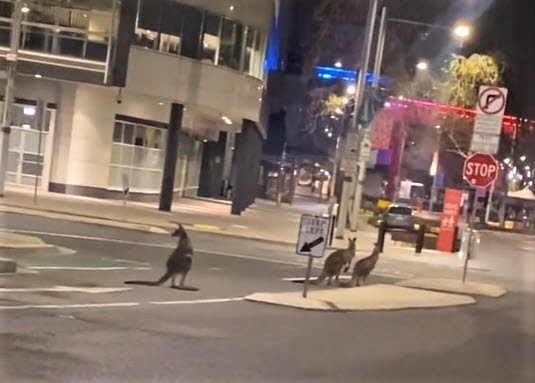
Kangaroos in Civic during the COVID-19 lockdown. Photo: Umair Rehmat.
Kangaroo culls in the ACT often occur at night, when professional shooters can use darkness to get closer for an accurate shot. Dr Wilson says because the survivors can’t see the human, they don’t attribute the demise to a human.
“While the cull has reduced numbers, the reaction of those left to the presence of humans appears to be unchanged.”
But to the kangaroo’s mind, cars and humans are different species, so “most of that has nothing to do with vehicle sense”.
“Kangaroos don’t have the same mob-forming instincts as sheep or, to less extent, cattle. Consequently, they can’t be driven in a similar way.”
He says this innate unpredictability is the reason why cars from the country often sport what might be known elsewhere as a ‘bull bar’, but more accurately here, ‘kangaroo bar’.
So is there any hope for the rest of us?
The 2021 report was based on information gathered from a new smartphone app used by the ACT’s rangers from December 2015 to replace their clumsy spreadsheet system. This recorded information about each call-out for an incident involving a kangaroo in real-time.
According to the report, between March 2016 and June 2017, a total of 3346 kangaroo-vehicle collisions were reported via the app. And there might be a few trends.
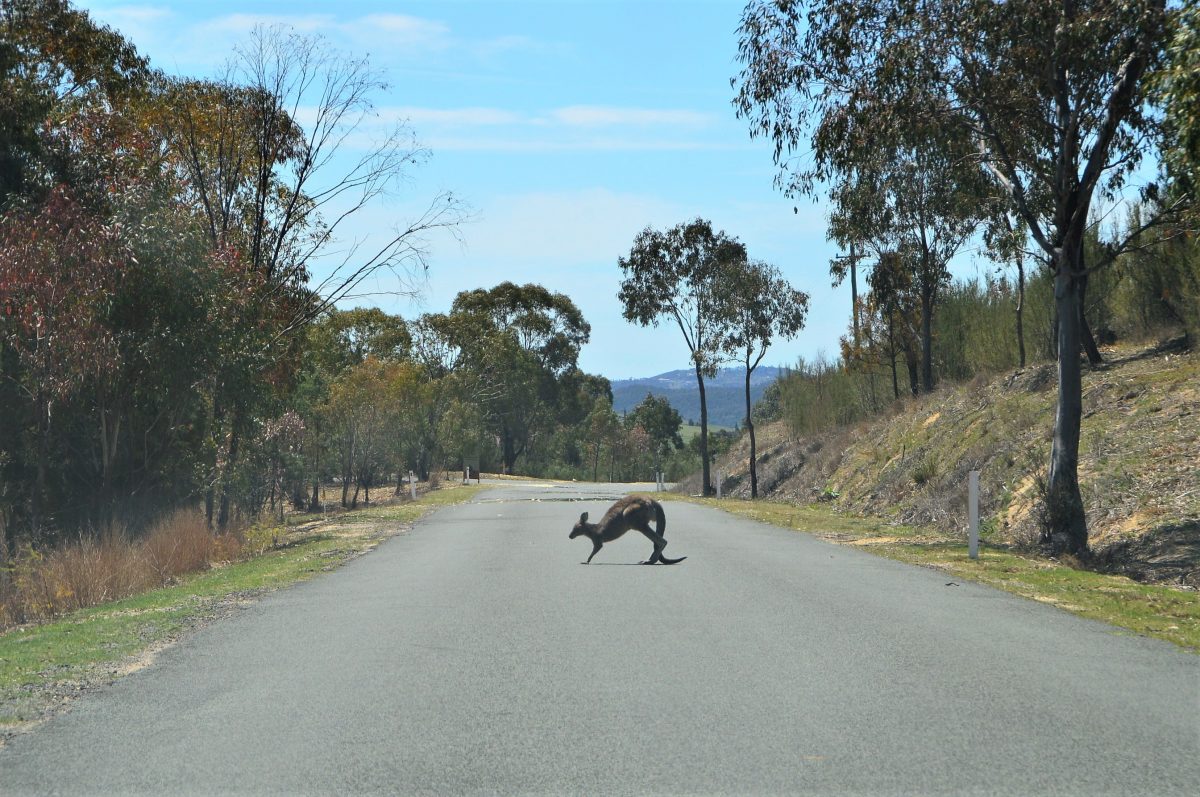
Nice spot for a lie-down. Photo: Glynis Quinlan.
The first hinted at the moon.
“Our data lend limited support to a concentration of kangaroo-vehicle collisions around the full moon,” the report reads. “Although 45 per cent of collisions were recorded when the moon was less than 50 per cent illuminated.”
In total, 38 per cent of collisions occurred when the moon was three-quarters to full.
Then there is the season.
The highest roadkill was recorded in winter (June-August), but the report does say there is a “complex interaction with other variables” at play. However, wildlife rangers did suggest the seasonal timing of collisions with kangaroos has changed over the years, with the peak moving back from August to June – in the depths of the Canberra cold.
Over half of the collisions also occurred at speed limits of 60 km/h or more, roads that make up a quarter of all roads in the ACT and those typically closer to “core habitats”.
The study concluded that “the relationship between the movement between patches of habitat and roads is dynamic and that further research is warranted”.
According to Dr Wilson, however, one thing is for certain.
“It will become worse if the ACT Government were to stop the kangaroo cull,” he says.
“But even with the cull, motor vehicle collisions with kangaroos will continue to keep the panel beaters solvent and raise our insurance premiums. No cull means more broken legs and other injuries which are really cruel. It’s a tough call.”
So here’s the official advice: If you’re driving through a known haunt for kangaroos, drop the speed and keep your eyes peeled. And pray.











